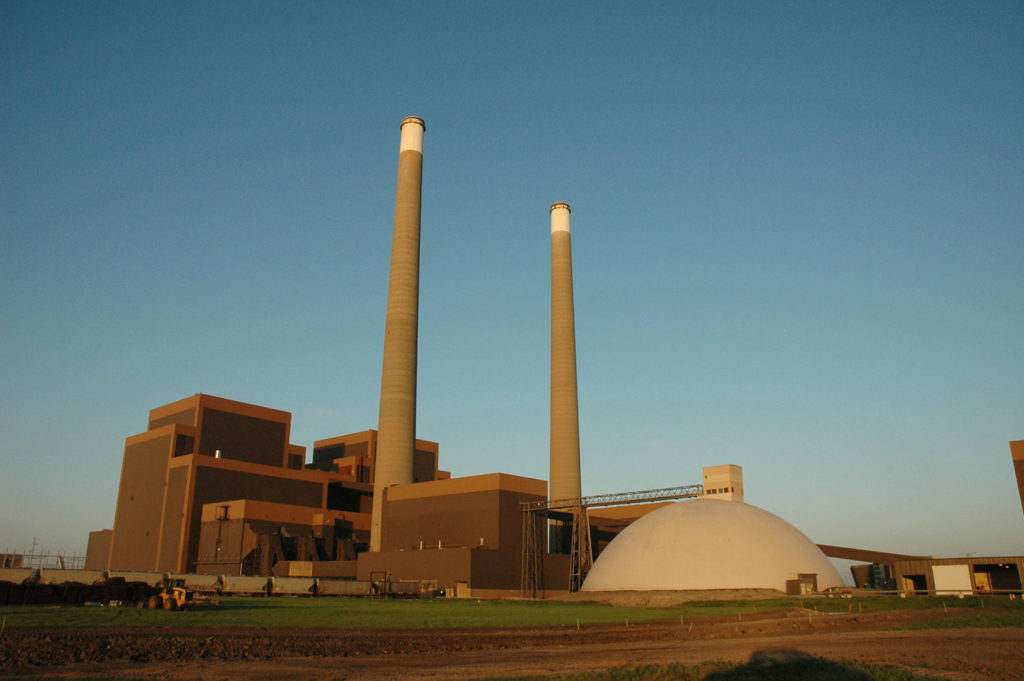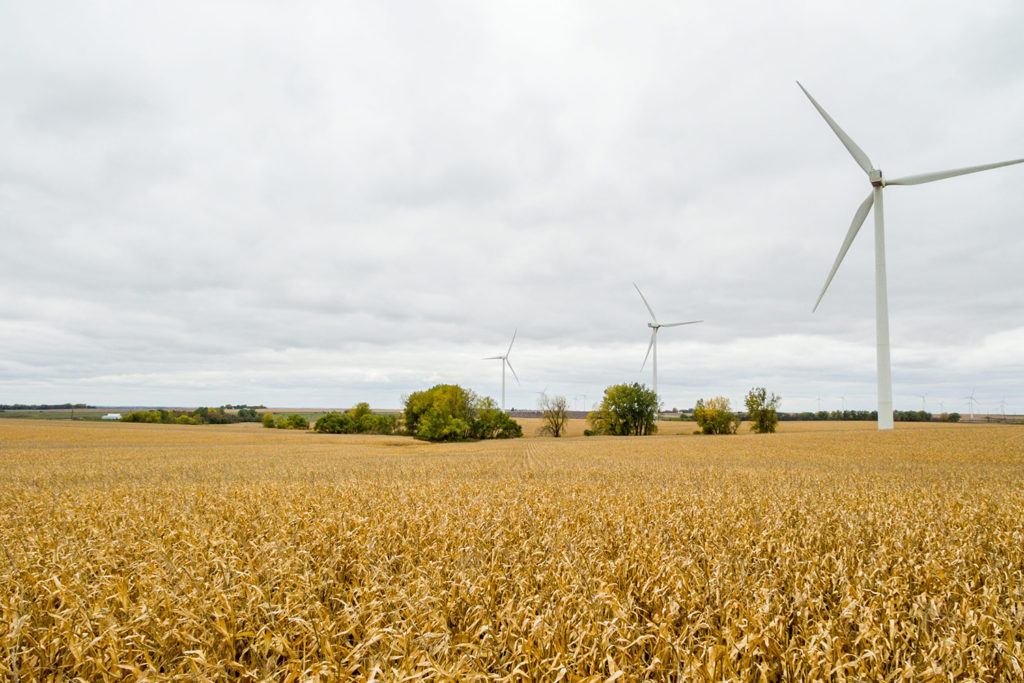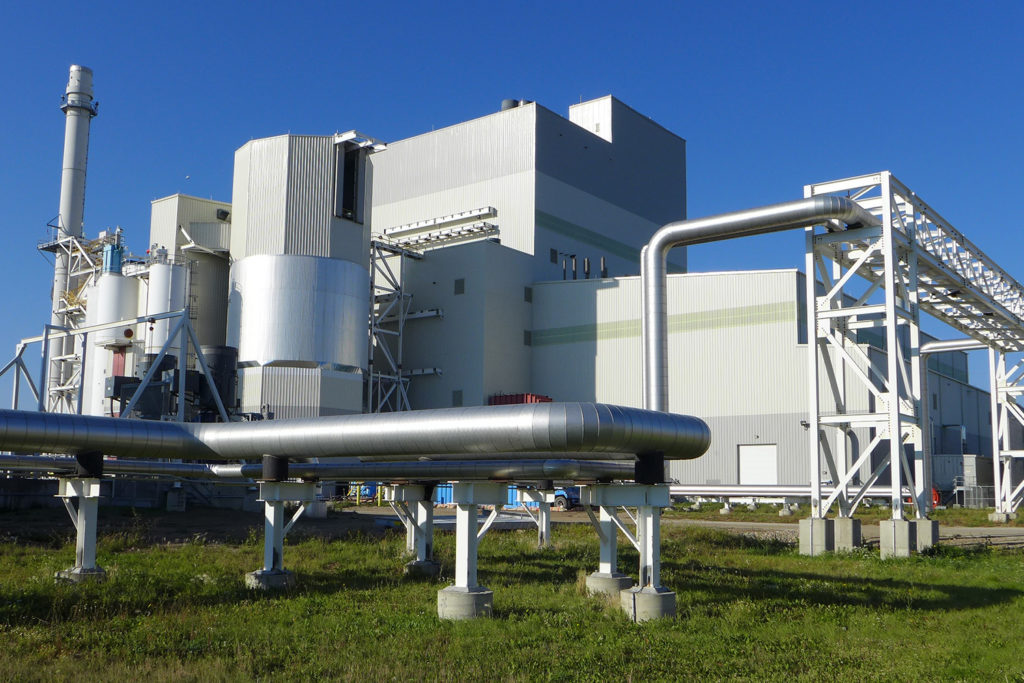
Great River Energy has announced that it will close a coal-fired power plant, repower a second coal plant with natural gas and dramatically increase wind power while reducing costs for its distribution cooperative members and their consumers.
“We are building a power supply portfolio that will serve our member-owner cooperatives for decades,” said Great River Energy President and CEO David Saggau. “We are taking advantage of cost-competitive renewables and reliable access to market energy while fostering innovation as the technology of our industry evolves.”
The Maple Grove, Minnesota-based generation and transmission cooperative released details on May 7 of the measures it will take to reduce the co-op’s carbon footprint and slash wholesale electric rates.
They include closing its 1,151-megawatt Coal Creek Station in late 2022; modifying its 99-MW Spiritwood Station plant to use natural gas exclusively; and adding 1,100 MW of renewable wind capacity through power purchase agreements by late 2023. Coal Creek Station is one of the biggest power plants in the upper Midwest.

Expansion of Great River Energy’s renewable portfolio reflects an investment of more than $1 billion in new clean energy resources in the region.
“Our power supply plans deliver on our member-owners’ three highest priorities: affordability, reliability and environmental stewardship,” Saggau told reporters. The cooperative’s power supply resources will be more than 95% carbon dioxide-free.

Minnesota already has a 25% renewable energy mandate, and the state’s governor last year proposed a deadline for eliminating emissions from electricity production altogether by 2050.
GRE directors voted to shut down the co-op’s remaining coal-fired generation during a board meeting held on May 7, said Saggau, citing economic considerations and the availability of alternative sources of energy.
GRE is also installing a 1-MW, long-duration battery demonstration system and will support re-powering the Blue Flint biorefinery with natural gas. Blue Flint is currently fueled by process heat from Coal Creek Station.
The conversion of Coal Creek Station to natural gas was not economically feasible in Great River Energy’s analysis, said Jon Brekke, the G&T’s vice president and chief power supply officer.

Saggau added that all GRE member cooperatives have been consulted throughout the process leading up to the changes, and the G&T’s directors have agreed to continue economic support of affected communities for five years after the closure of Coal Creek Station.
Most of the 260 staff positions currently assigned to Coal Creek Station are expected to continue through its closure, and jobs could be maintained through the decommissioning period at the site, Saggau said.
Derrill Holly is a staff writer at NRECA.